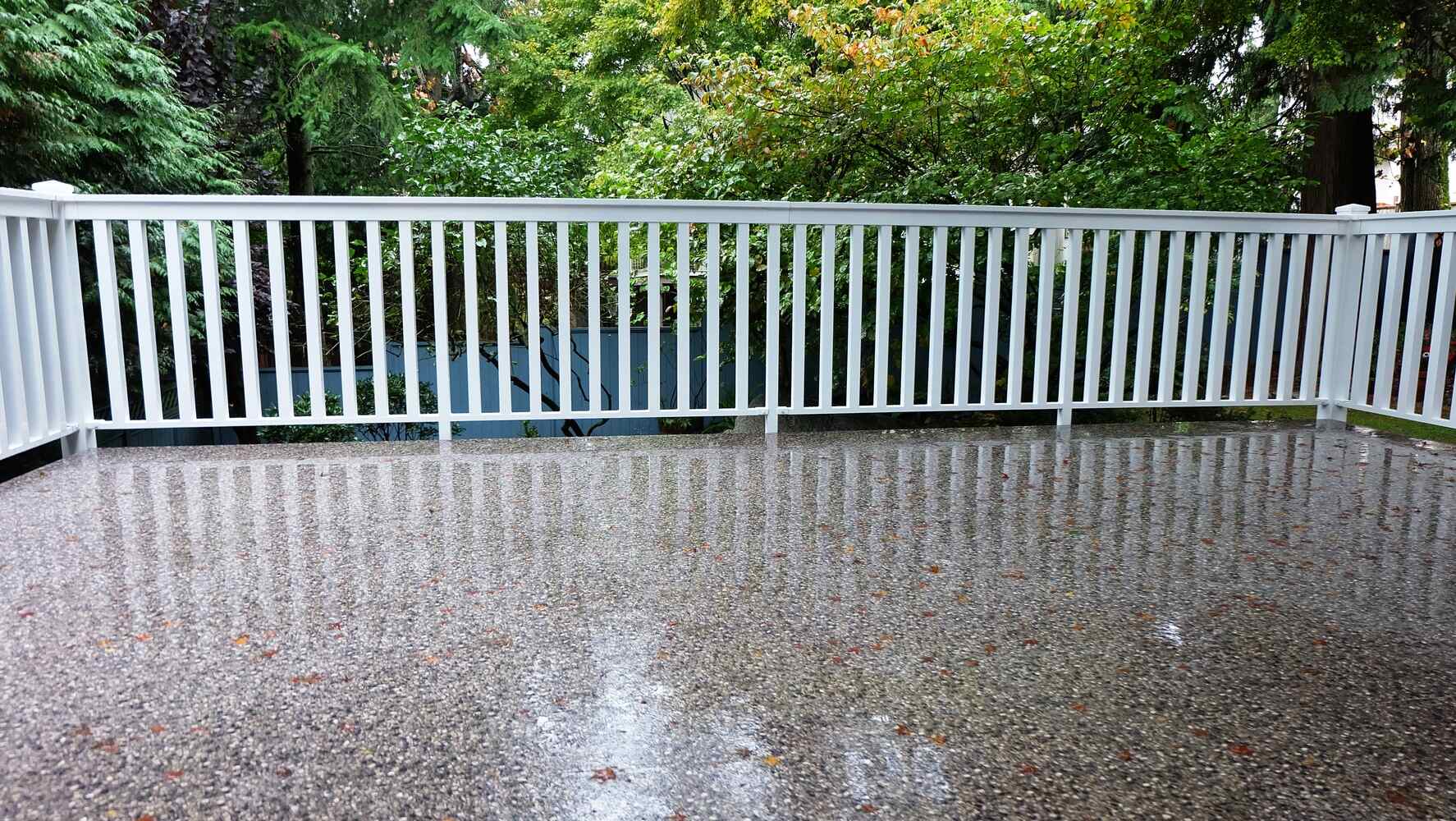

Articles
How To Fix Standing Water On Balcony
Modified: January 4, 2024
Find effective solutions to tackle standing water issues on your balcony with our informative articles. Fix the problem and enjoy a dry and functional outdoor space.
(Many of the links in this article redirect to a specific reviewed product. Your purchase of these products through affiliate links helps to generate commission for Storables.com, at no extra cost. Learn more)
Introduction
Having a balcony is a wonderful addition to any home or apartment. It provides a space to enjoy the outdoors, soak up the sun, and relax with a cup of coffee or a good book. However, one issue that many balcony owners face is standing water. This not only creates an unsightly mess but can also lead to potential damage to the balcony structure and pose a safety hazard.
So, what causes standing water on a balcony? The answer to this question can vary depending on several factors, including the design of the balcony, the materials used, the location, and the drainage system. In this article, we will explore the common causes of standing water on a balcony, how to assess the severity of the issue, and most importantly, how to fix it.
Whether you have noticed a small puddle after a rain shower or a significant accumulation of water, it is essential to address the problem promptly. Ignoring the issue can lead to further damage to the balcony structure, mold and mildew growth, and even compromise the overall safety of the area.
Next, we will delve into the common causes of standing water on a balcony and provide you with practical solutions to resolve this problem.
Key Takeaways:
- Don’t let standing water ruin your balcony oasis. Regular cleaning, proper drainage, and preventive measures can keep your outdoor space dry and safe for years to come.
- Assess the severity, clean the drains, repair or replace damaged pipes, adjust the balcony slope, or install a dedicated drainage system to fix standing water issues on your balcony.
Read more: How To Fix Kitchenaid Mixer
Common Causes of Standing Water on Balcony
Understanding the underlying causes of standing water on a balcony is crucial in finding the right solutions. Here are some common culprits:
- Clogged Balcony Drains: Over time, leaves, debris, and dirt can accumulate in the balcony drains, causing blockages. When the drains are obstructed, water cannot flow freely, leading to standing water on the balcony.
- Poor Balcony Slope: If the slope of the balcony floor is not properly designed, water may pool instead of draining off. A flat or improperly sloped surface prevents water from flowing towards the drain, resulting in standing water.
- Damaged Drainage Pipes: Cracked or damaged drainage pipes can cause water to leak and collect on the balcony instead of being directed away. This is particularly common in older balconies or those that have undergone structural deterioration.
- Lack of Adequate Drainage System: Some balconies may not have a proper drainage system in place, leading to standing water. Without a dedicated drainage system, rainwater and other liquid substances have nowhere to go, resulting in puddles forming on the balcony.
- Insufficient Ventilation: Poor ventilation on the balcony can contribute to the formation of standing water. Without proper air circulation, moisture is trapped, creating an environment conducive to water accumulation.
Identifying the root cause of standing water on your balcony is essential in determining the most appropriate solution. In the next section, we will discuss how to assess the severity of the issue and take the necessary steps to fix it.
Assessing the Severity of the Standing Water Issue
Before diving into the process of fixing standing water on your balcony, it’s important to assess the severity of the issue. This will help determine the appropriate course of action and gauge the extent of the problem. Here’s how you can assess the severity:
- Measure the Water Depth: Use a measuring tape or ruler to determine the depth of the standing water. This will give you an idea of how serious the issue is and will help you track progress as you implement solutions.
- Observe Water Accumulation after Rainfall: Keep an eye on how quickly the water accumulates after a rainfall. If the water pools within minutes, it indicates a more severe problem. Slower accumulation may suggest a less critical issue.
- Inspect for Signs of Damage: Check the balcony structure for any signs of damage such as cracks, rot, or deterioration. Look for water stains on the walls or ceiling of the balcony area, as this may indicate water leakage.
- Consider the Frequency of Standing Water: Take note of how often standing water occurs on your balcony. Is it a recurring issue? Does it happen only after heavy rainfall? Understanding the frequency will help determine whether the problem is temporary or requires more extensive solutions.
- Assess the Impact on Surrounding Areas: Examine whether the standing water on your balcony is causing any damage to the surrounding areas such as the walls, flooring, or furniture. This will provide insight into the urgency of resolving the issue.
By assessing the severity of the standing water issue, you can gain a better understanding of the problem and make informed decisions regarding the appropriate measures to take. In the following sections, we will explore various solutions to fix standing water on your balcony, depending on the severity of the issue.
Cleaning the Balcony Drainage System
One of the most common causes of standing water on a balcony is a clogged drainage system. Over time, leaves, dirt, and debris can accumulate in the drains, obstructing the flow of water. Cleaning the balcony drainage system should be the first step in resolving the issue. Here’s how you can do it:
- Remove Visible Debris: Start by visually inspecting the drains and removing any visible debris such as leaves, twigs, or dirt. Use gloves and a small shovel or tongs to safely remove the obstructions.
- Flush with Water: Once the visible debris is removed, flush the drains with water to clear out any remaining blockages. Use a hose or a bucket of water and pour it directly into the drains to push away any accumulated dirt or smaller debris.
- Use a Drain Snake: If the blockage persists, consider using a drain snake or drain auger. Insert the tool into the drain and twist it while pushing it further into the pipe. This will help break up stubborn clogs and clear the drainage system.
- Apply Drain Cleaning Solution: If the above methods do not completely solve the issue, you can try using a drain cleaning solution. Follow the manufacturer’s instructions and pour the solution down the drains. Allow it to sit for the recommended amount of time, then flush with water to remove any remaining residue.
- Regular Maintenance: To prevent future clogs and standing water, make it a habit to regularly clean the balcony drains. Remove visible debris and flush with water at least once a month, or more frequently if needed.
Cleaning the balcony drainage system should effectively resolve minor clogs and allow water to flow freely. However, if the standing water issue persists despite cleaning the drains, it may indicate more significant problems such as damaged pipes or insufficient slope. In such cases, further steps might be necessary, as we will discuss in the following sections.
Repairing or Replacing Damaged Drainage Pipes
If cleaning the balcony drainage system did not resolve the standing water issue, it might be a sign of damaged or cracked drainage pipes. Over time, pipes can deteriorate due to age, wear and tear, or extreme weather conditions. In such cases, repairing or replacing the damaged drainage pipes becomes necessary. Here’s what you can do:
- Identify the Damaged Area: Carefully inspect the balcony drainage system to identify the specific location of the damaged pipes. Look for signs of leakage, cracks, or corrosion.
- Temporary Repair: If the damage is minor, you can attempt a temporary repair using plumber’s epoxy putty. Clean the damaged area, apply the putty to seal the crack or hole, and allow it to dry as per the manufacturer’s instructions. This will provide a temporary fix until you can permanently repair or replace the pipes.
- Hire a Professional Plumber: For more substantial pipe damage or if you’re unsure about the repair process, it is recommended to seek the expertise of a professional plumber. They can accurately assess the extent of the damage and provide the necessary repairs or replacements.
- Replace the Pipes: In cases where the pipes are extensively damaged or beyond repair, replacement is the best course of action. A professional plumber can help you choose the right materials and ensure that the new pipes are installed correctly.
- Maintain Regular Inspections: To prevent future pipe damage and standing water issues, regularly inspect the drainage system for any signs of leakage or corrosion. Address any issues promptly to avoid further damage.
Remember, working with plumbing systems can be complex, so it’s crucial to use caution and consider hiring a professional if you lack the necessary skills or experience. Repairing or replacing damaged drainage pipes can significantly improve the effectiveness of your balcony drainage system and eliminate standing water issues.
Ensure that the balcony is properly sloped to allow water to drain. Clean out any debris or blockages in the drainage system. Consider installing a waterproofing membrane to prevent water from seeping through the surface.
Read more: How To Fix A TV Stand
Adjusting the Balcony Slope
If cleaning the drainage system and repairing the pipes did not resolve the standing water issue, it might be due to an improper balcony slope. The slope of a balcony is designed to allow water to flow towards the drains and prevent pooling. Adjusting the balcony slope can help ensure proper drainage and eliminate standing water. Here’s how you can do it:
- Assess the Current Slope: Use a level or a measuring tool to determine the slope of your balcony. The ideal slope should be around 1/8 inch per foot, or 2% to 3% slope towards the drains.
- Identify Low Spots: Look for areas where water tends to accumulate or ‘pool’ on your balcony. These low spots may indicate an uneven or insufficient slope.
- Adjust the Balcony Surface: To fix a low spot, you can add a thin layer of self-leveling compound or concrete overlay to create a more even slope. Follow the manufacturer’s instructions for proper application and drying time.
- Consult a Professional: If adjusting the balcony slope seems challenging or if you need to make significant modifications, it is advisable to consult a professional contractor or engineer. They can assess the existing structure, provide expert advice, and perform any necessary adjustments to ensure optimal drainage.
- Regular Maintenance: Once the balcony slope is adjusted, regular maintenance is crucial to keep it functioning properly. Clear debris, dirt, and leaves from the surface regularly to prevent blockages and ensure the water can flow freely towards the drains.
Adjusting the slope of your balcony can significantly improve drainage and prevent standing water issues. However, it is essential to approach this task carefully and consider seeking professional help when necessary to ensure the structural integrity of your balcony.
Installing a Balcony Drainage System
If the standing water issue persists even after cleaning the drains, repairing the pipes, and adjusting the balcony slope, it may be necessary to install a dedicated balcony drainage system. This can effectively channel water away from the balcony and prevent pooling. Here’s how you can install a balcony drainage system:
- Plan the Drainage System: Assess the layout and size of your balcony to determine the best locations for drains. Consider the flow of water and the existing structure to design an efficient drainage system.
- Choose the Right Drains: Select durable and high-quality balcony drains that are suitable for the specific requirements of your balcony. There are various types of drains available, including surface-mounted drains and linear drains. Consult with a professional plumber or drainage specialist for the best choice.
- Prepare the Balcony Surface: Ensure that the balcony surface is clean and level before installation. Remove any debris, dirt, or existing drains that are no longer functional.
- Install the Drains: Follow the manufacturer’s instructions for installing the drains. This typically involves cutting and removing a portion of the floor surface, securing the drain in place, and connecting it to the existing drainage system or an outlet pipe.
- Test the Drainage System: After installation, test the drainage system by pouring water onto the balcony surface. Observe the water flow and check if it effectively drains away from the balcony. Make any necessary adjustments or repairs if needed.
- Maintain Regularly: To ensure the optimal function of the balcony drainage system, perform regular maintenance tasks such as cleaning the drains, removing debris, and checking for any signs of blockages or leaks.
Installing a balcony drainage system may require professional assistance, especially if significant modifications or plumbing work are needed. Hiring a professional will ensure that the system is correctly installed and integrated with your existing plumbing infrastructure.
By installing a dedicated balcony drainage system, you can effectively eliminate standing water issues and enjoy a dry, safe, and functional outdoor space.
Preventive Measures to Avoid Standing Water on Balcony
Prevention is always better than a cure. To avoid the hassle and potential damage of standing water on your balcony, it’s important to take proactive measures. Here are some preventive measures you can implement to keep your balcony water-free:
- Maintain Regular Cleaning: Keep your balcony clean and free from debris, leaves, and dirt. Regularly sweep or use a leaf blower to remove any buildup that could block the drains or impede water flow.
- Use a Balcony Mat: Place a waterproof mat on your balcony floor to absorb excess moisture and prevent it from pooling. Make sure to choose a mat with a drainage system to allow water to pass through.
- Install a Gutter System: If your balcony is exposed to an overhead roof or other structures that can direct water onto it, consider installing a gutter system to channel the water away. This will help prevent excessive water accumulation on the balcony.
- Seal Gaps and Cracks: Inspect the balcony surface and walls for any gaps or cracks that could allow water to penetrate. Seal these gaps with appropriate waterproof sealants to prevent water infiltration and potential damage.
- Ensure Proper Ventilation: Good ventilation is crucial to prevent moisture buildup on the balcony. Ensure that there is adequate airflow by keeping windows or doors open when weather permits, or installing a ventilation system if needed.
- Regularly Inspect for Damage: Conduct regular inspections of the balcony structure, including the flooring, walls, and drains. Look for any signs of damage such as cracks, corrosion, or leakages. Address any issues promptly to prevent further damage and standing water problems.
- Consider Waterproofing: If you live in an area with heavy rainfall or excessive moisture, consider waterproofing your balcony. This can be done by applying a waterproof membrane to the balcony floor and walls, providing an added layer of protection against water leakage.
- Consult a Professional: If you’re uncertain about how to implement preventive measures or if you’re experiencing recurring standing water problems despite efforts, consult a professional contractor or engineer. They can provide expert advice tailored to your specific situation and help you find the best solutions.
By taking preventive measures, you can significantly reduce the risk of standing water on your balcony. These proactive steps will not only help maintain a dry and safe environment but also prolong the lifespan of your balcony structure.
Conclusion
Dealing with standing water on a balcony can be a frustrating and potentially damaging problem. However, by understanding the common causes and implementing appropriate solutions, you can effectively resolve this issue and prevent it from occurring in the future.
In this article, we discussed the common causes of standing water on a balcony, including clogged drains, poor balcony slope, damaged drainage pipes, lack of a drainage system, and insufficient ventilation. We explored various solutions such as cleaning the balcony drainage system, repairing or replacing damaged pipes, adjusting the balcony slope, and even installing a dedicated balcony drainage system.
Additionally, we highlighted preventive measures to avoid standing water on your balcony, including regular cleaning, using a balcony mat, installing a gutter system, sealing gaps and cracks, ensuring proper ventilation, and conducting regular inspections for damage.
It’s important to address standing water issues promptly to prevent further damage to your balcony structure, mold and mildew growth, and potential safety hazards. If you’re unsure about how to approach the problem or if the issue persists despite your efforts, don’t hesitate to consult a professional for expert advice and assistance.
Remember, prevention is key. By implementing proactive measures and maintaining regular maintenance, you can enjoy a dry, safe, and functional balcony for years to come.
Take the necessary steps today to fix standing water on your balcony and create an inviting outdoor space where you can relax and enjoy the beauty of your surroundings.
Frequently Asked Questions about How To Fix Standing Water On Balcony
Was this page helpful?
At Storables.com, we guarantee accurate and reliable information. Our content, validated by Expert Board Contributors, is crafted following stringent Editorial Policies. We're committed to providing you with well-researched, expert-backed insights for all your informational needs.
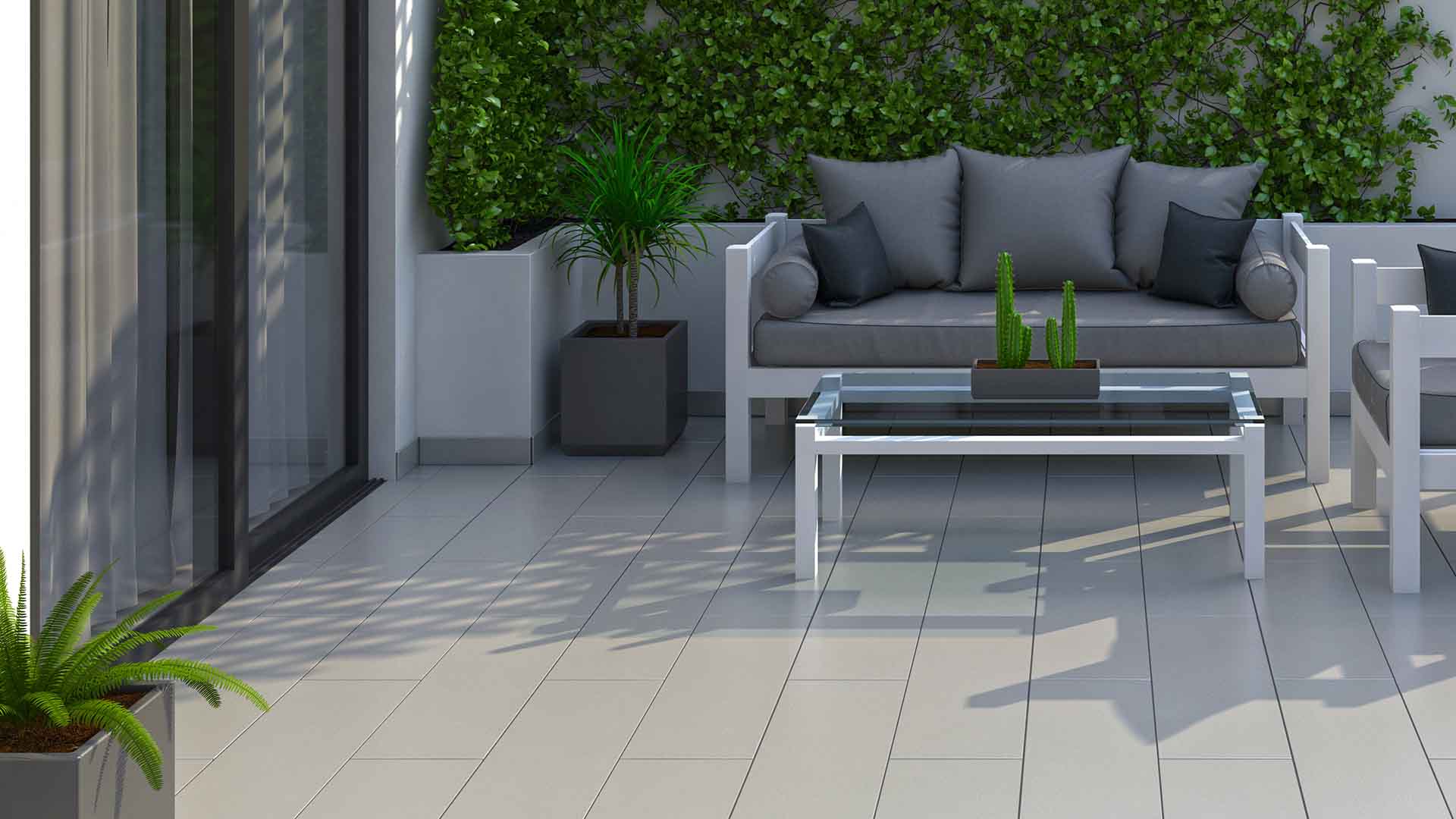
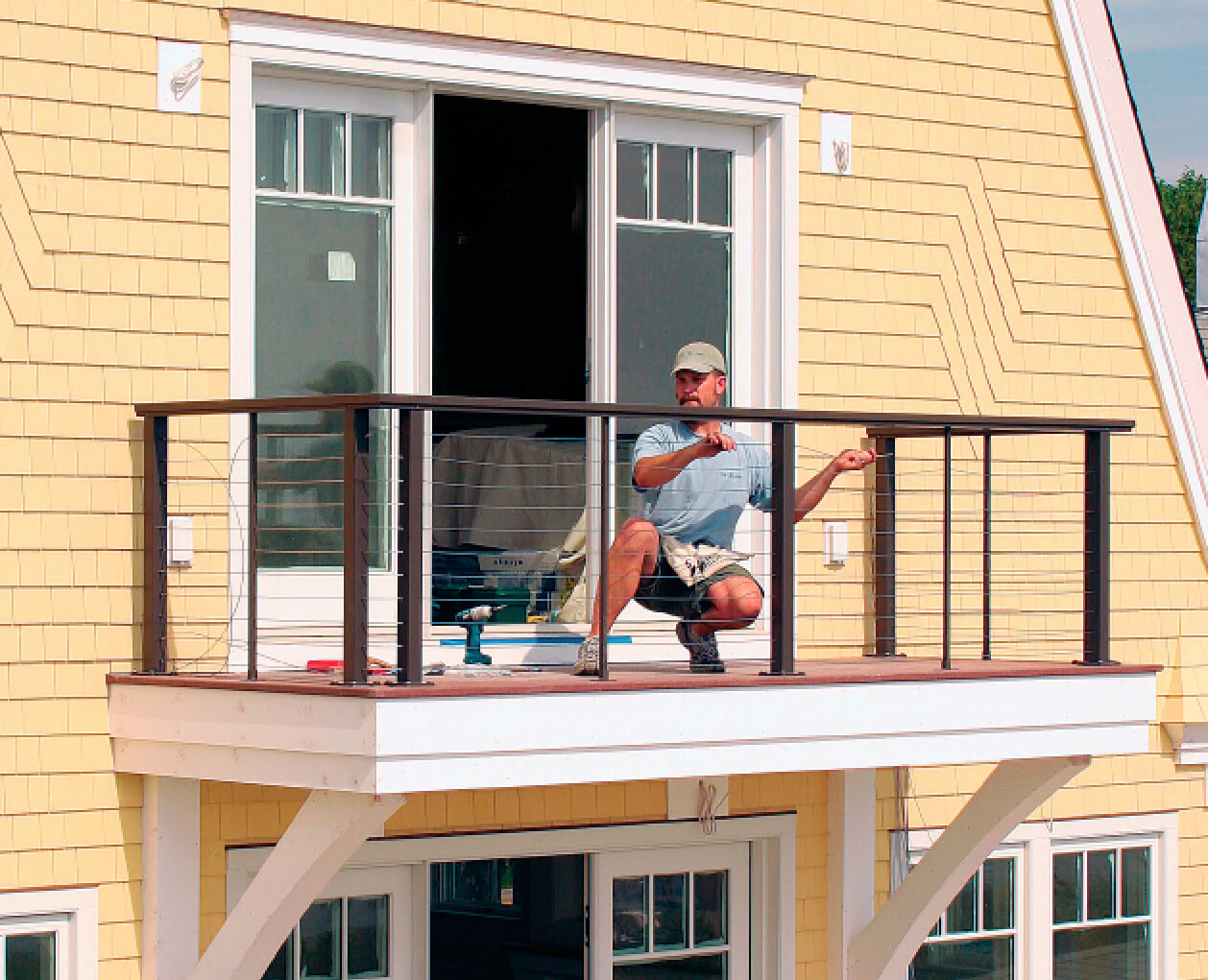
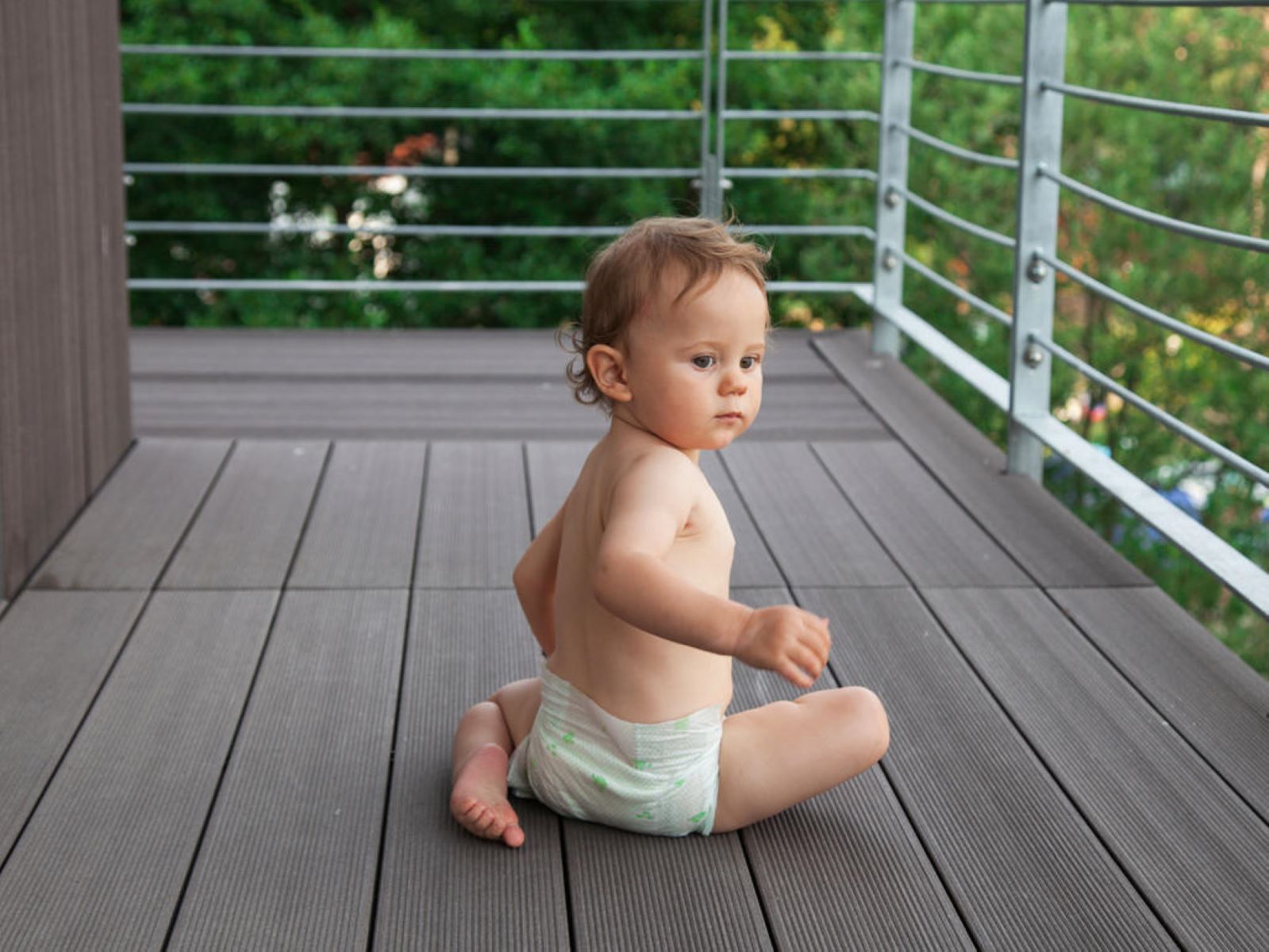
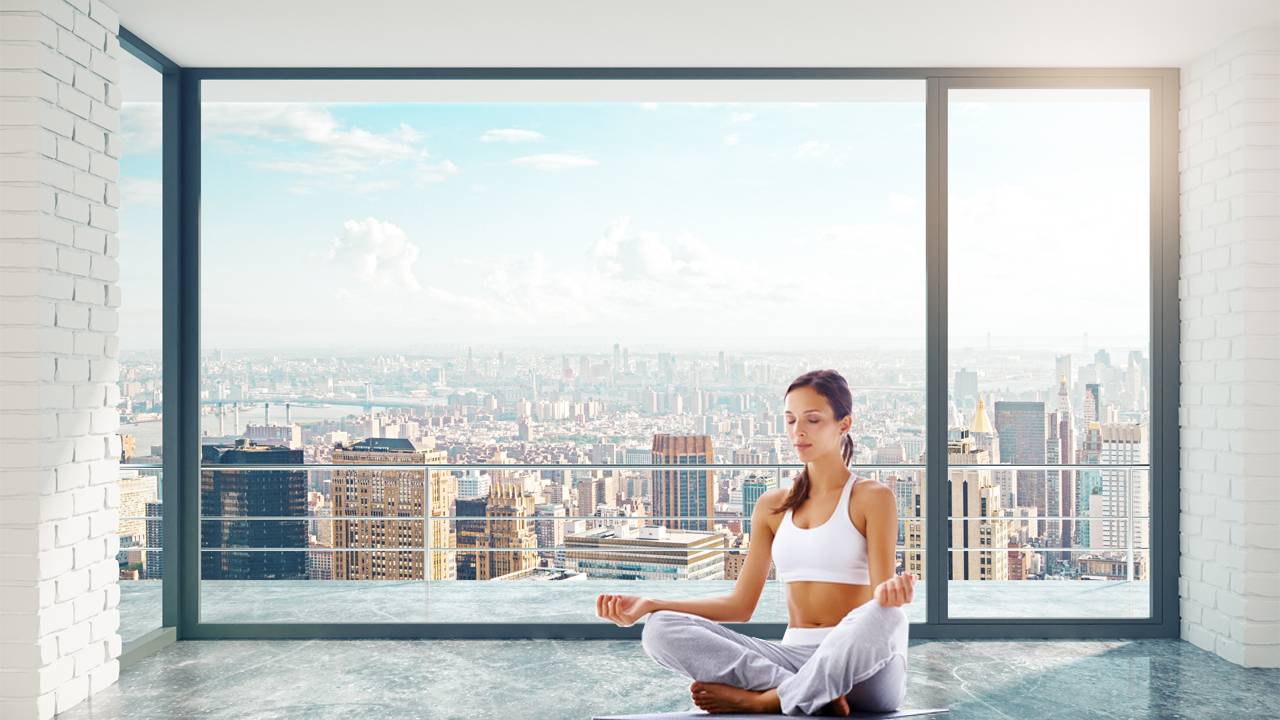
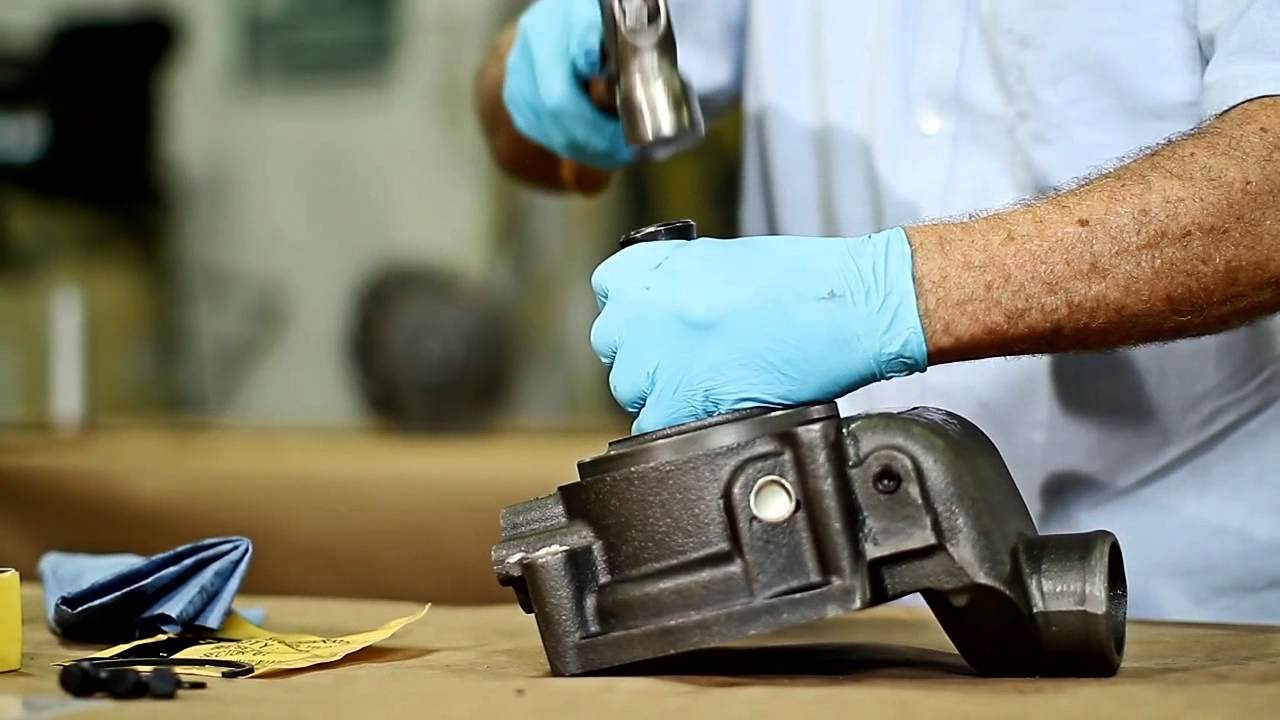
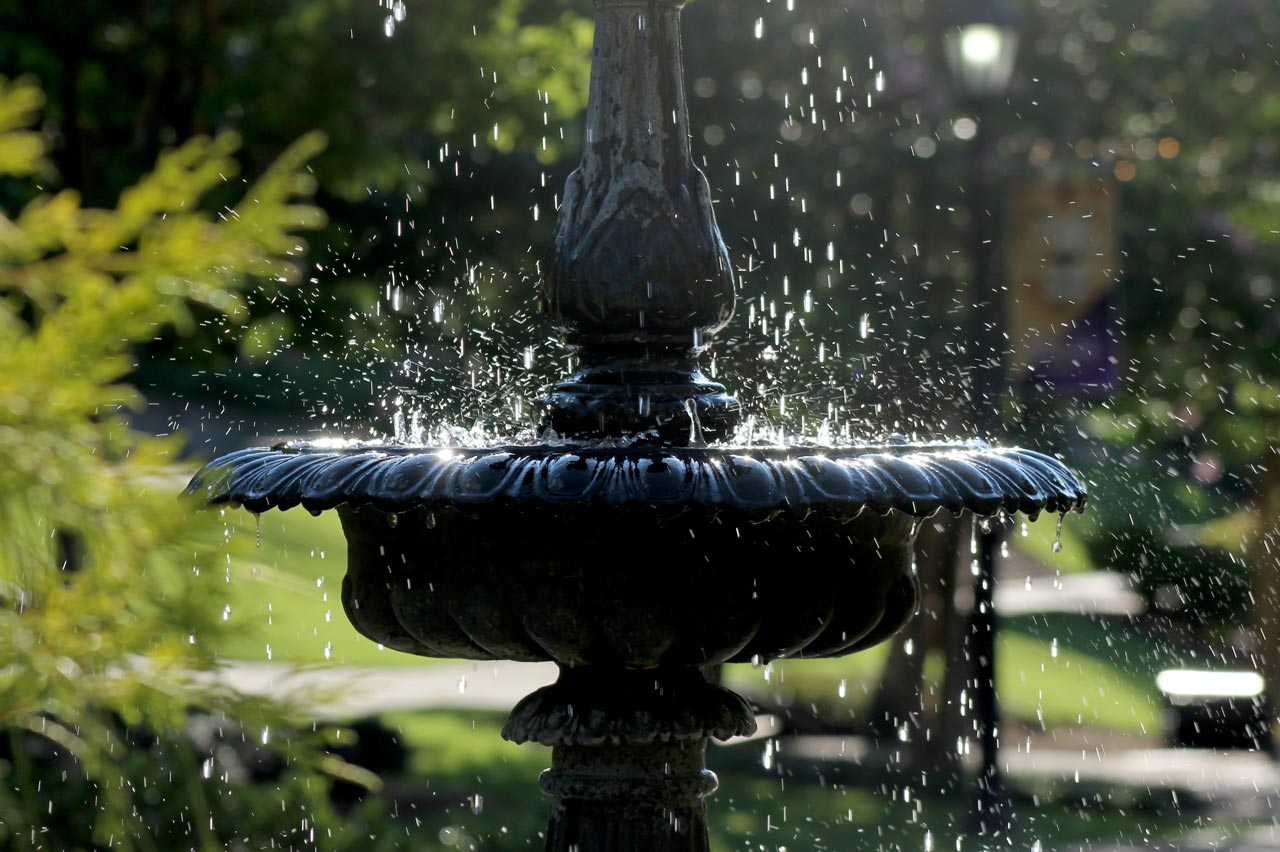
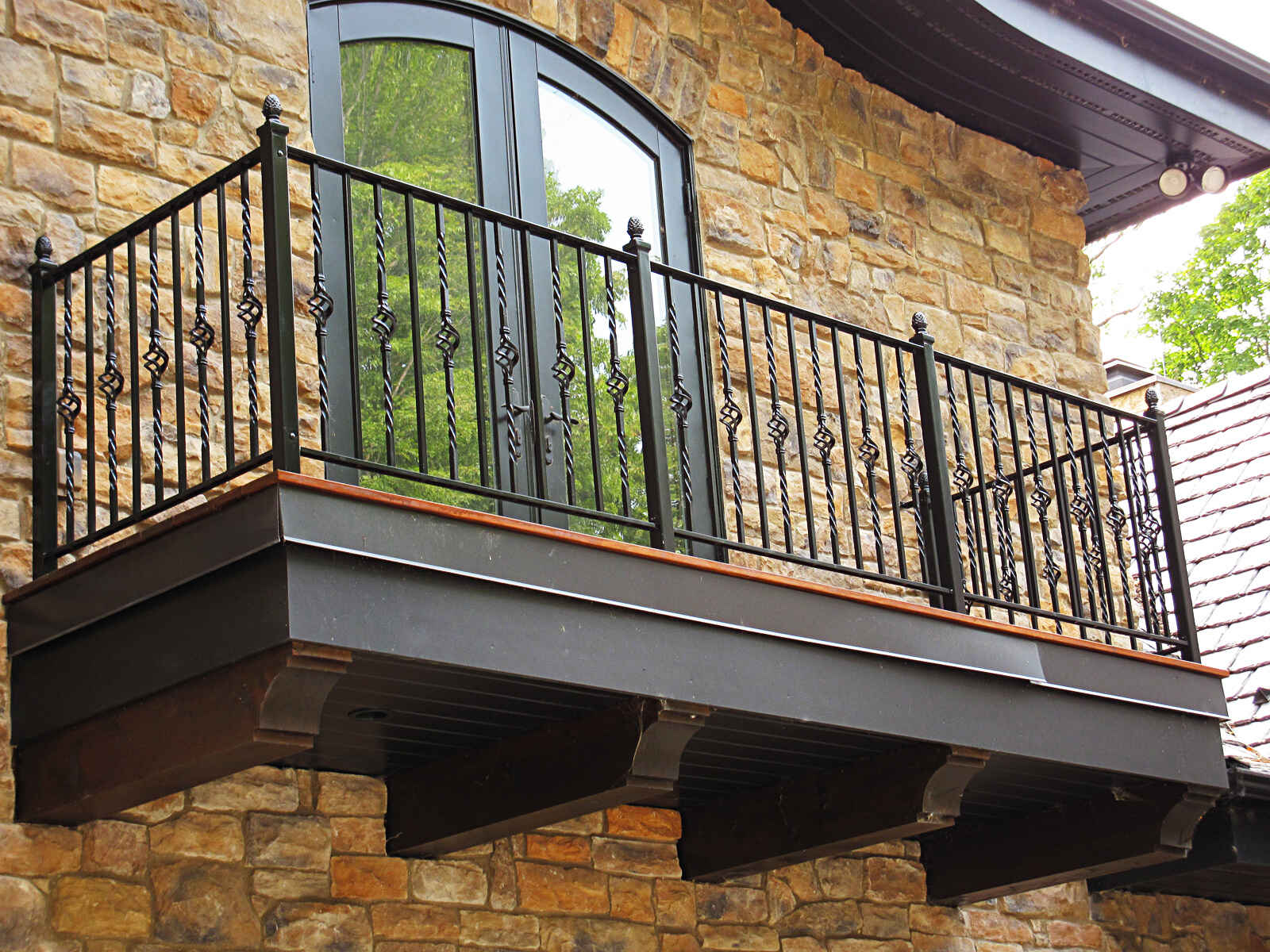
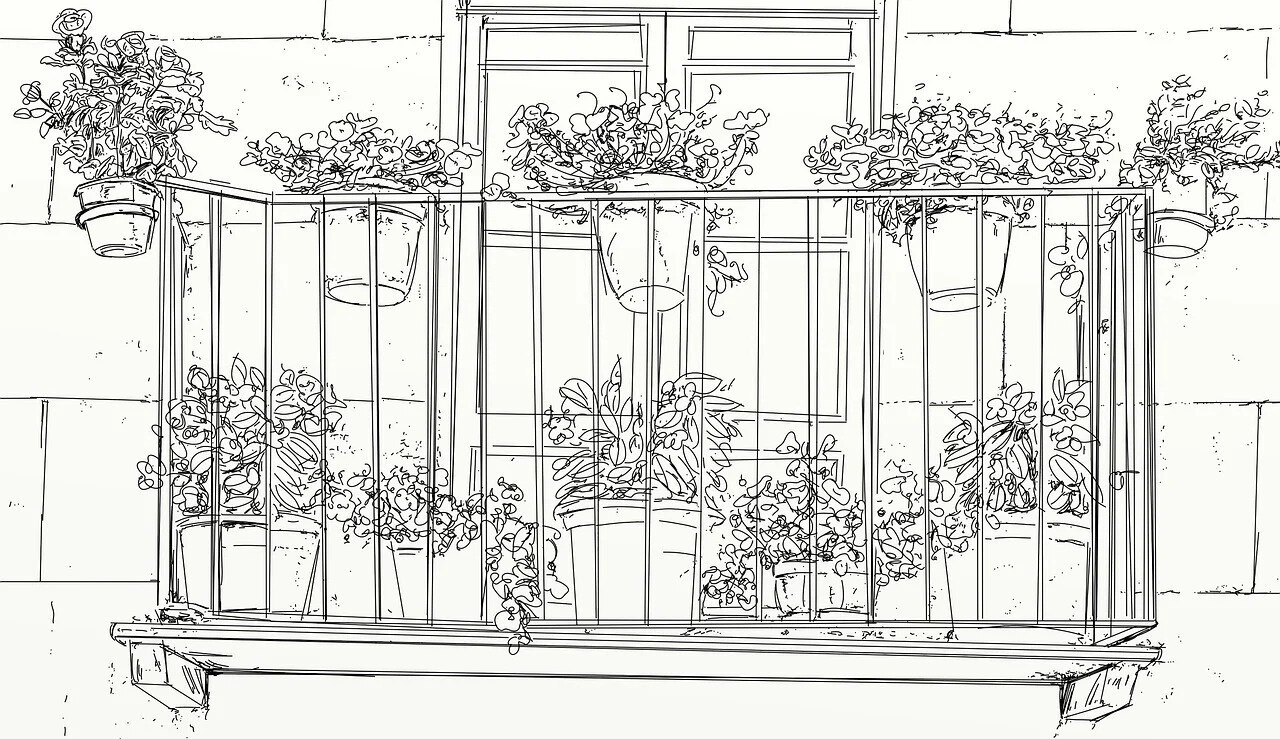

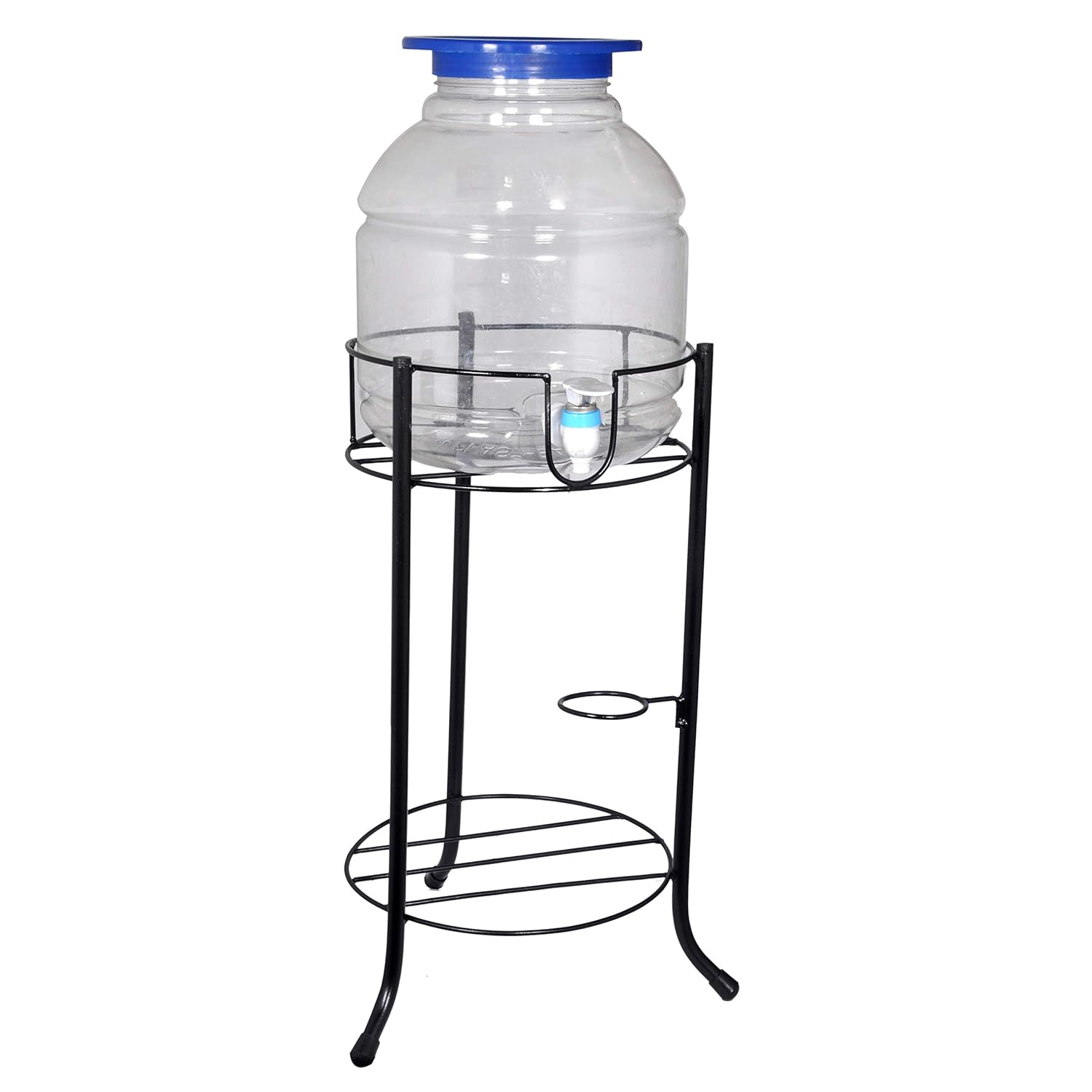
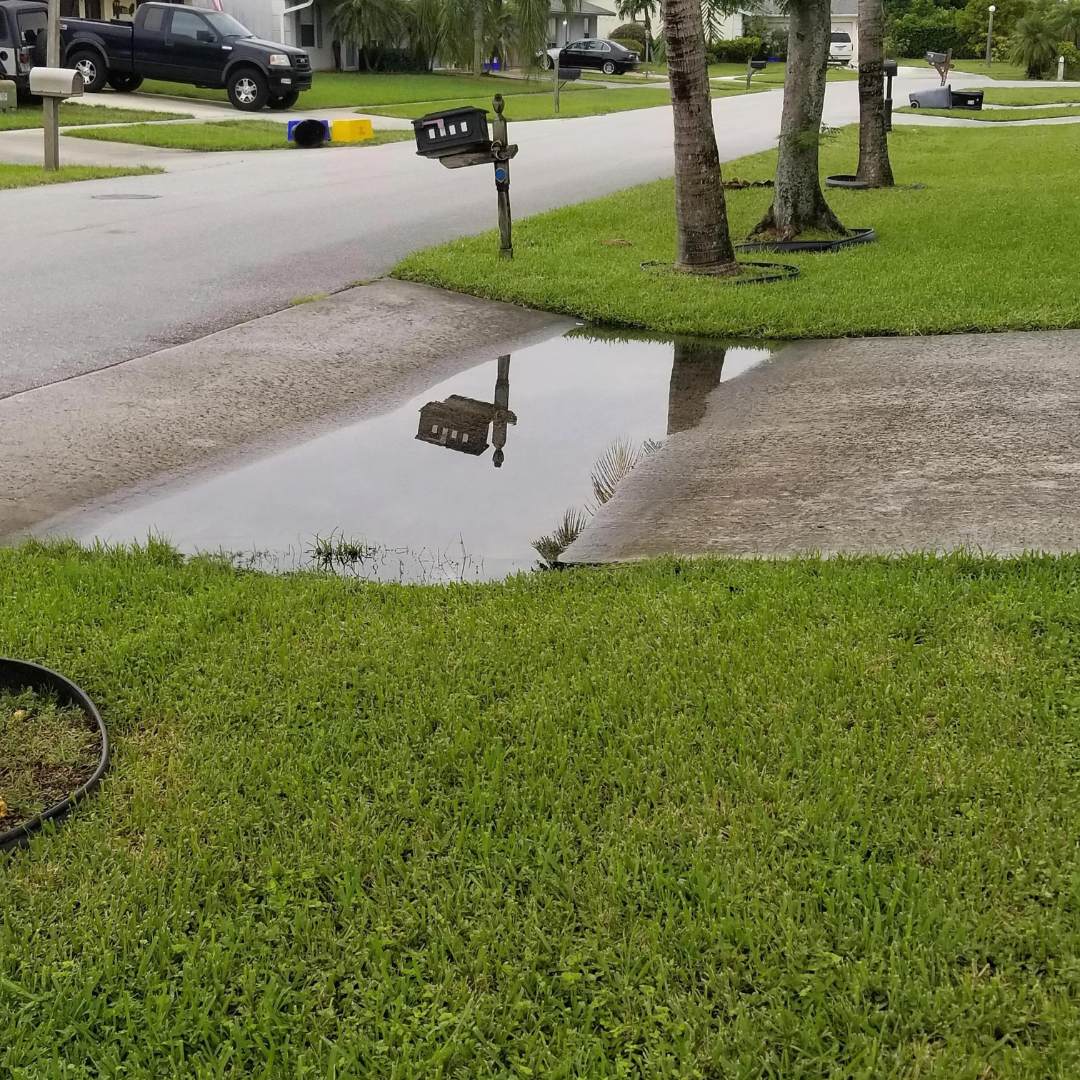
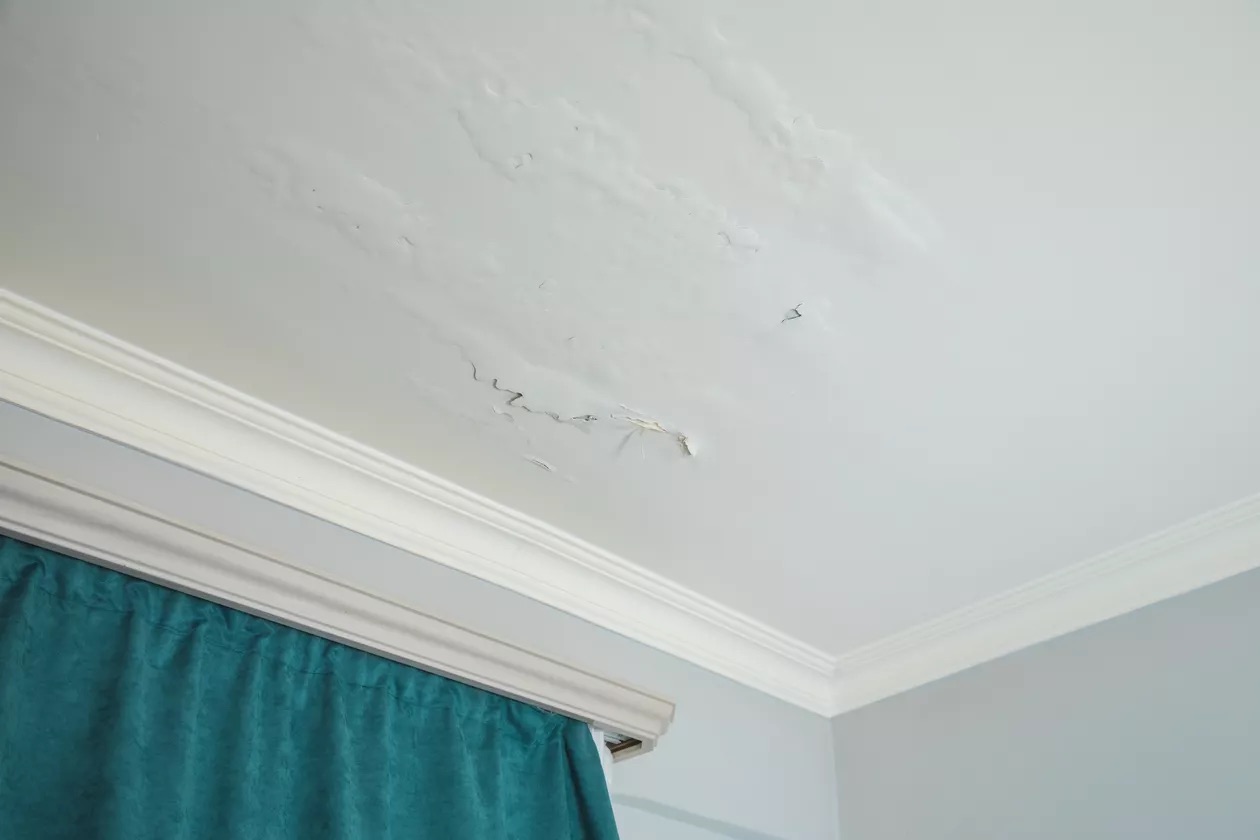
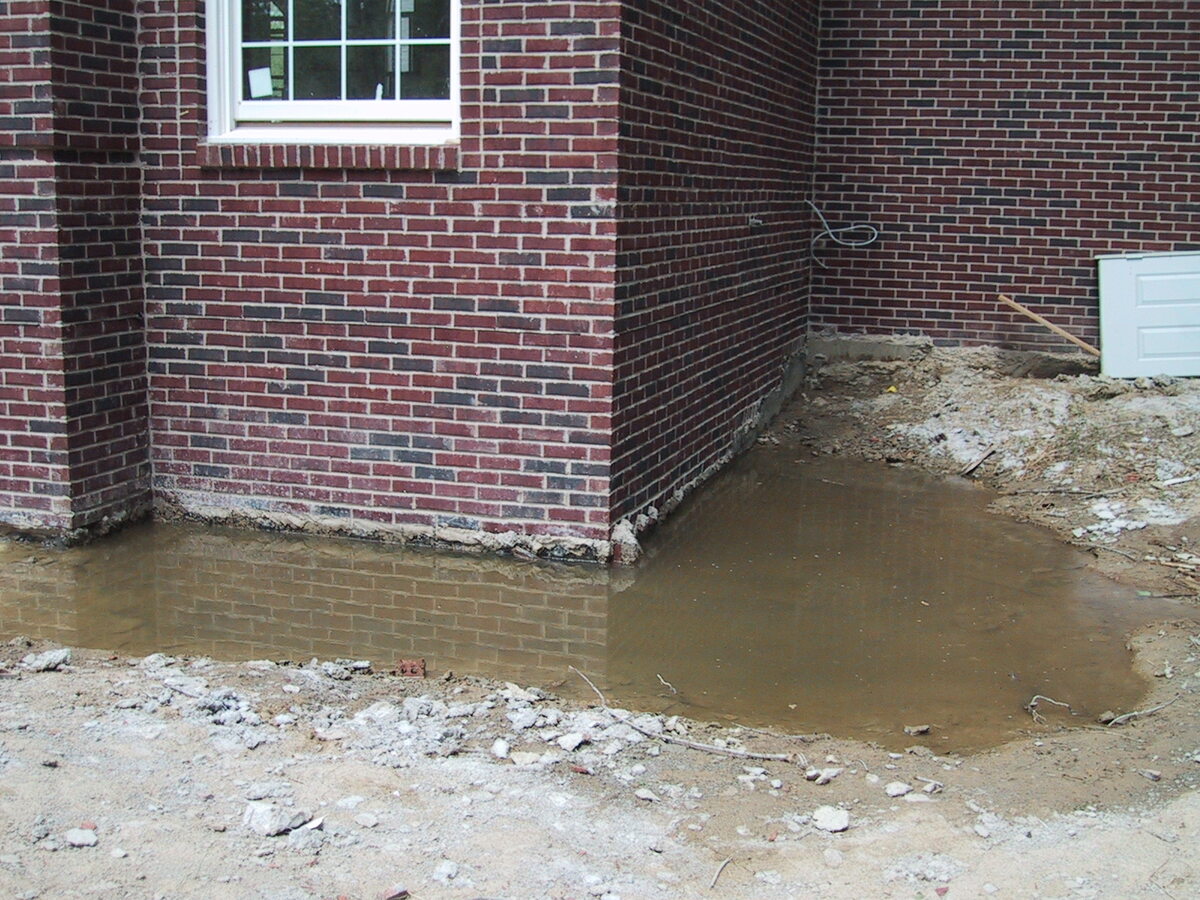
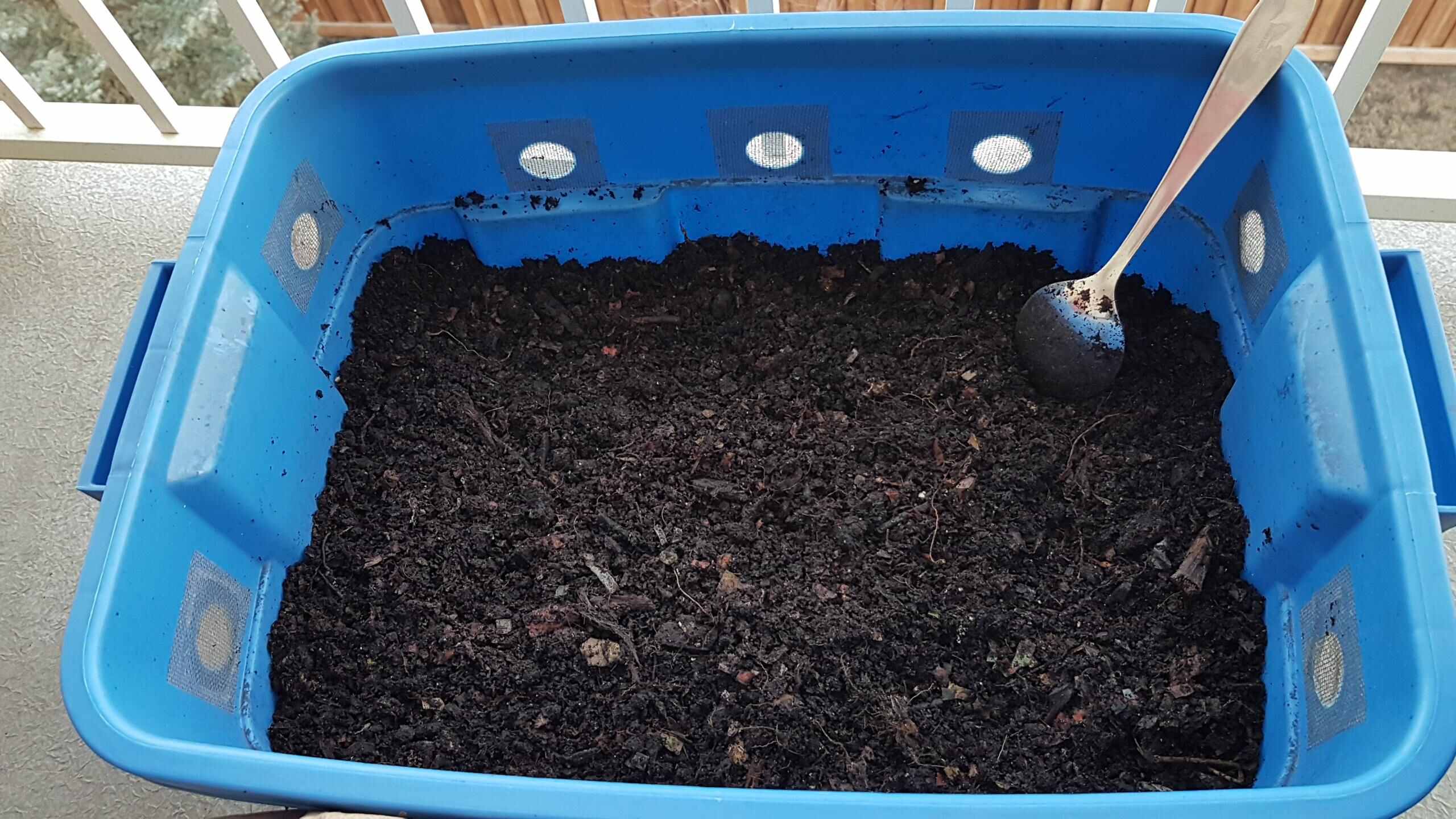

0 thoughts on “How To Fix Standing Water On Balcony”